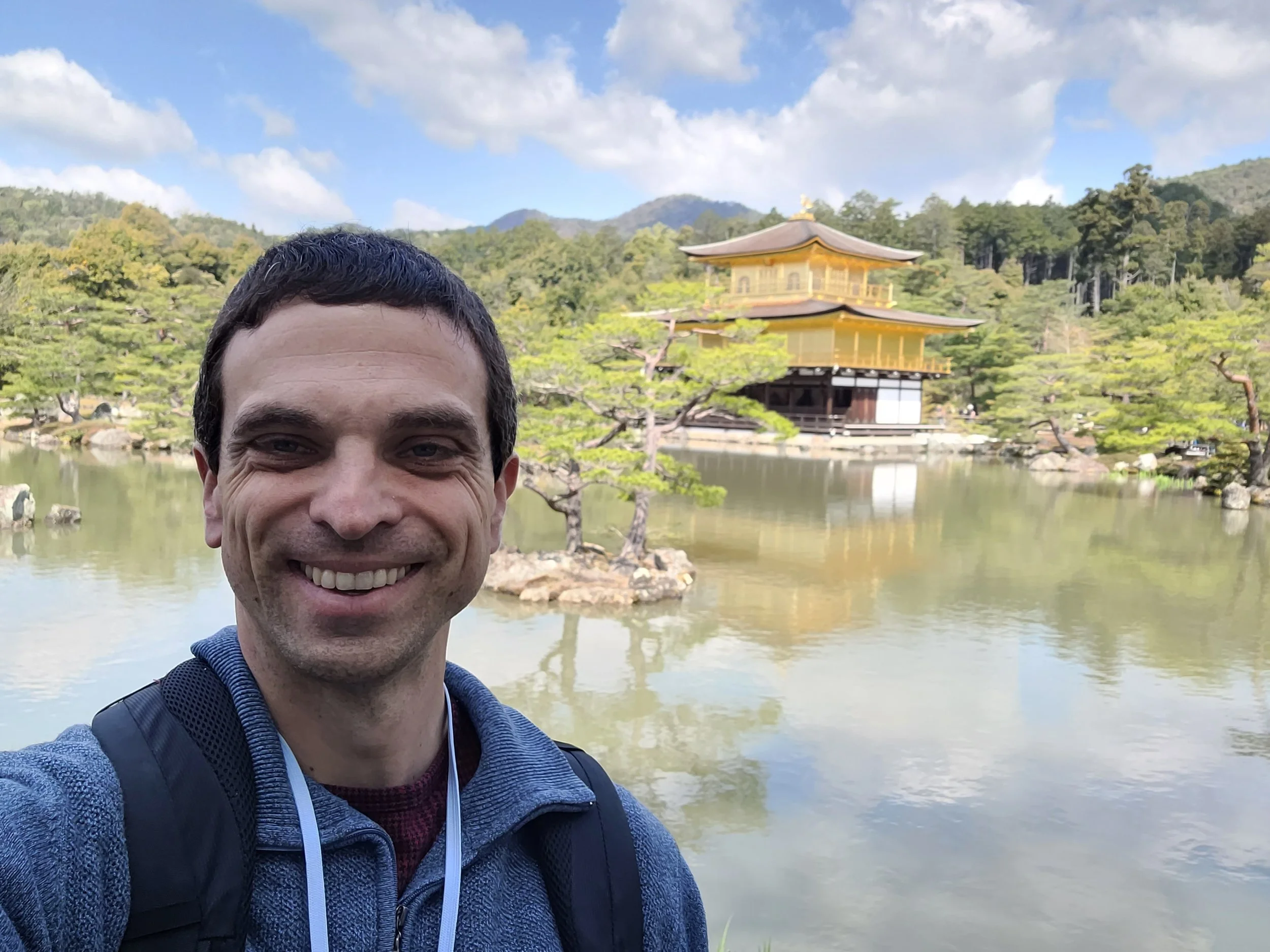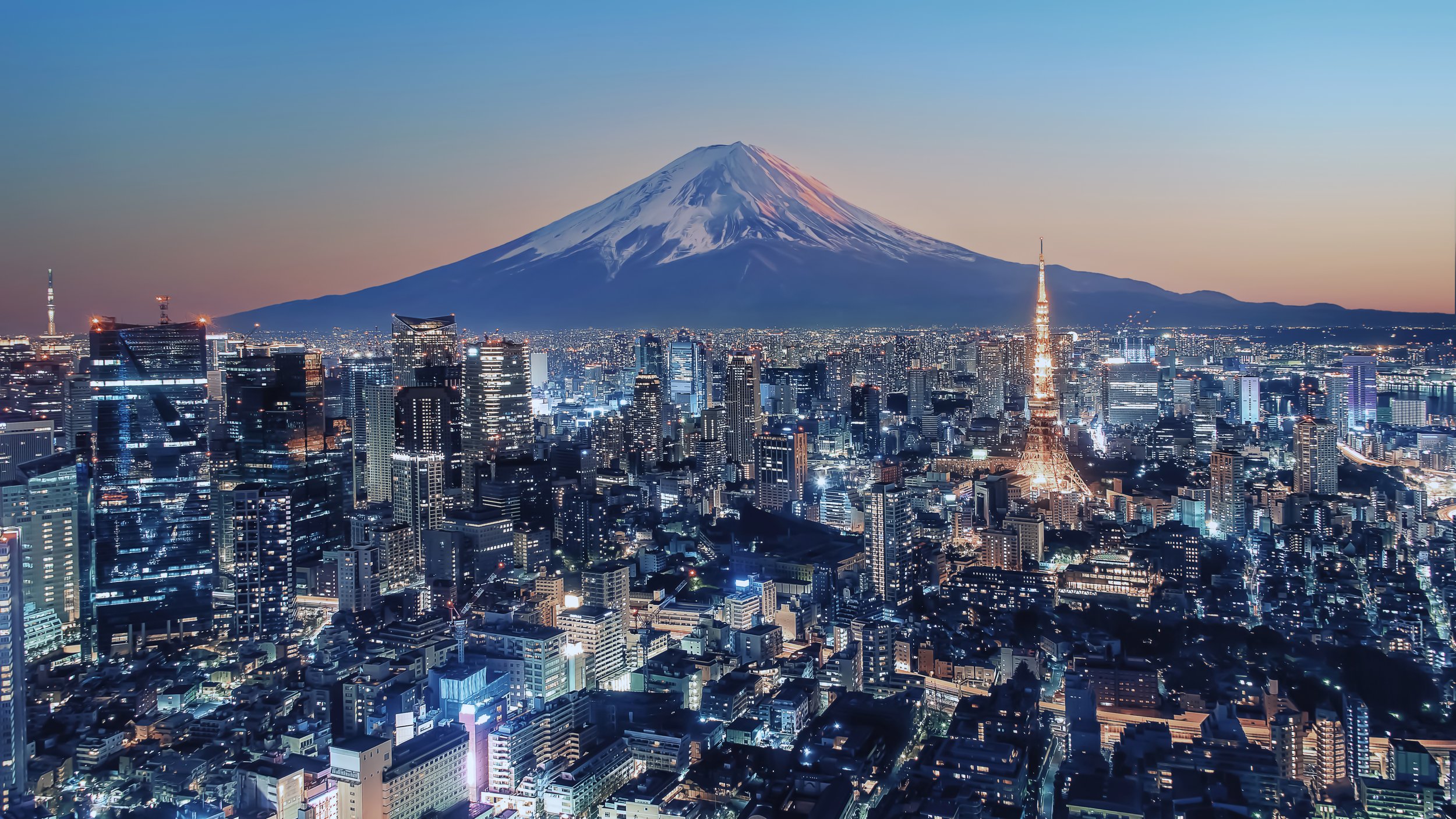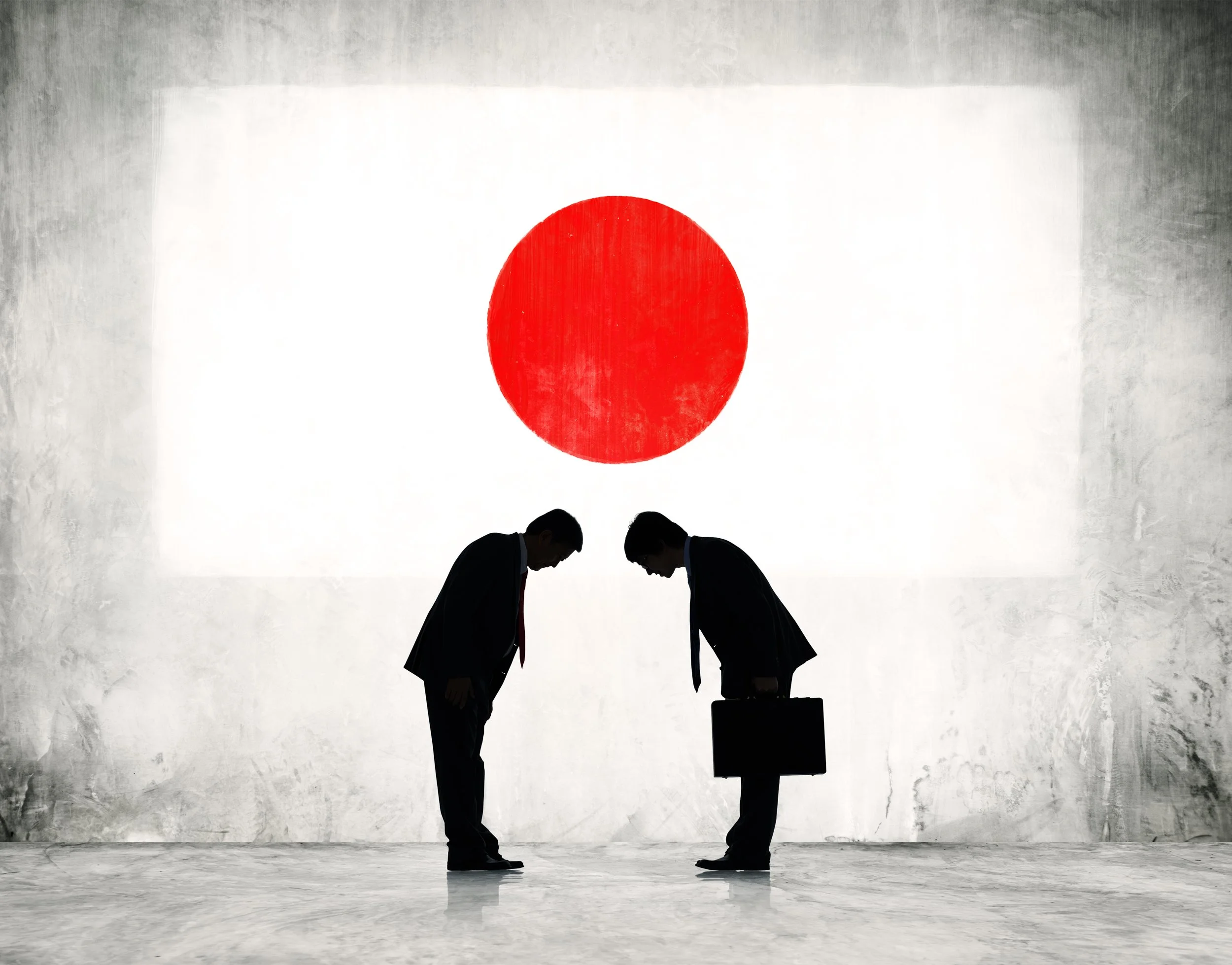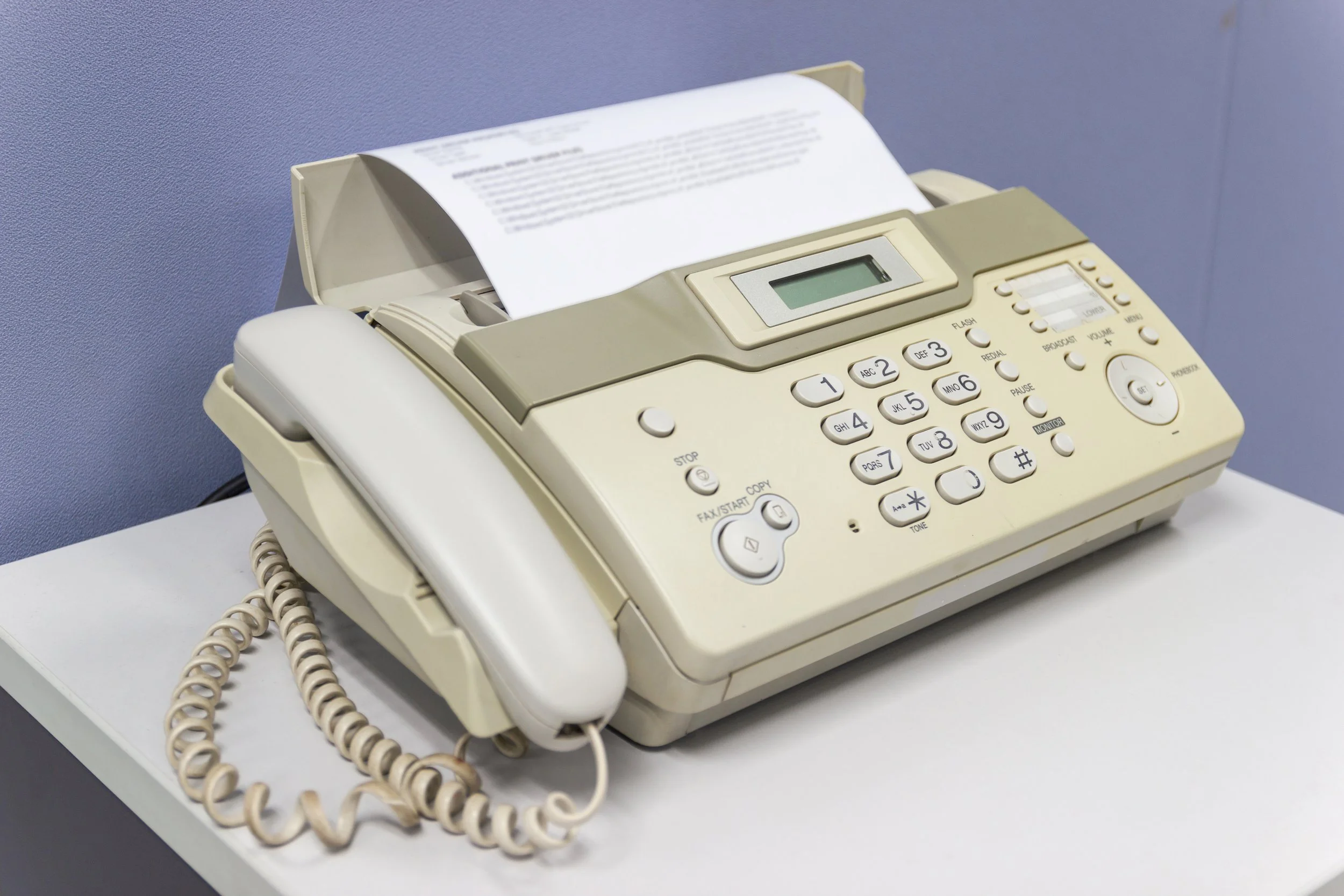Japan: where old meets new
Standing in front of the towering vermillion red main hall of Tokyo’s Senso-Ji Buddhist Temple, the smell of incense takes you back in time. The liveliness of the temple, which is visited by 30 million people every year, is punctuated by the rattling sound of visitors drawing fortunes from the metal boxes. Visiting this temple has been an important part of life in Japan for almost 1,400 years. But if you keep looking around, you’ll see a futuristic tower rising above the rest of the city. Standing at 634 meters (2,080 feet), the Tokyo Skytree is the world’s tallest tower and one of the most technologically advanced broadcasting towers in the world. This disparity of old and new is just one example of the land of contrasts that is Japan.
Tokyo Metropolis
With 37 million inhabitants, Tokyo has the most populated metropolitan area in the world. Almost one of every three Japanese live in Tokyo. Imagining an area this urbanized and dense, one may expect to see trash, pollution, crime, conflict. Instead, Tokyo is quite the opposite. The city has some of the lowest crime rates in the world, and litter on the street can be remarkably difficult to find. Recently, after an entire day of touring Tokyo, a guest pointed out an empty plastic cup on the street and excitedly exclaimed, “A-ha! There is trash here!”
Nothing exemplifies the contrast better than Shibuya Crossing, the busiest intersection in the world where 2,000 pedestrians cross in one green light. Pedestrians are walking in all directions to cross the intersection that connects three streets, yet one will rarely bump into another. There is no aggressiveness, no conflict, but just everyone going about their way.
Religious Traditions
Japan is a country that protects its own ancient traditions while bringing in traditions from the West. The contrast can be seen all around Japan at the end of the year, when Christmas and the New Year’s holidays approach. Since less than 2% of the Japanese population is Christian, you may expect to see very little to do with Christmas if visiting in December. On the contrary, you will certainly see night illuminations with Christmas trees, images of Santa-san, and every store getting in on the excitement of the season. The key Christmas tradition for the average Japanese person? KFC. “Kentucky for Christmas”, as the jingle goes. But you must pre-order a few weeks in advance to pick up your bucket of fried chicken on Christmas day.
Fast forward to just a week later, and the country has moved on to its most important traditional holiday, New Year’s. Virtually everyone in Japan will visit a Shinto shrine within the first few days of January, a practice known as hatsumode. This tradition of praying at the shrine to start the year can be traced back to the Heian Period (794-1185 AD). Thanking the gods for the previous year and praying for protection in the new year, this historic tradition contrasts perfectly with the much-evolved Christmas traditions.
Harmony
A core value in Japanese culture is harmony, and this can genuinely be felt while traveling the country. If someone accidentally bumps into you, they will probably stop, give a bow, and apologize sincerely. If you’re out drinking at an izakaya with a Japanese friend, they will pour your drink for you. Entering another person’s home will always trigger an important phrase from the guest, ojamashimasu, which literally translates to “I am bothering you.” Politeness can be seen all around Japan. That is, until you try to enter a rush-hour train.
The morning and evening commutes trigger a whole new culture, one that is completely opposite than if you step onto the train around noon. The overarching goal during the rush-hour commute is to remove any empty space on the train car so that passengers do not need to worry about falling. Instead, all the sardines will sway together with the ebbs and flows of the train tracks.
There is a specific technique to enter a packed train that is uniquely Japanese, yet New Yorkers and Londoners would be furious if you decided to use the method on their crowded trains. The move is simple. Before entering the packed train, turn around so that your behind is facing the unfortunate train passengers. Then, use your body weight and moment to push yourself backwards to pry open a space just large enough to enter. If at first you don’t succeed, extend your arms to use the frame of the train car door to provide enough leverage. Success! Onto the next station where you will certainly be praying no further passengers will be entering the train.
Technology
Finally, Japan’s technology is well-known to be world-class. This is particularly true in regard to automobile manufacturing, robotics, infrastructure, precision instruments, and video game production. However, the continuous use of now-extinct technologies in the West is a marvel. Remember fax machines? Most Japanese families still use fax machines in daily life. When Covid caused schools to shut in March 2020, students were receiving homework, not by an online platform with a smooth user interface, but by fax.
Rather than a written signature with a pen, hanko, a small official stamp with your name engraved, is used to sign official documents. The use of hankos in the business world limits the ability of many salarymen and office ladies (as they are quite literally called in Japan) to work remotely.
Remember floppy disks, the nostalgic piece of the 1990s? Japan’s digital minister declared war on these innocent devices. Floppy disks were still used in almost 2,000 government procedures, including official applications from residents. The digital minister started this war on floppy disks in August 2022, most likely at least two decades since you’ve last seen one. But once leaving the government office, you may check your Seiko watch to make sure you will be on time for your bullet train (first created in Japan in 1964), for which you purchased your ticket using a QR code (invented in Japan).
The contrasts of Japan will make you 🙂 (Emojis were also invented in Japan).











